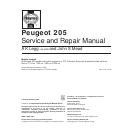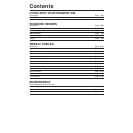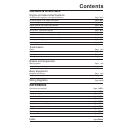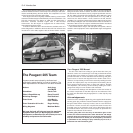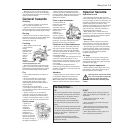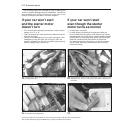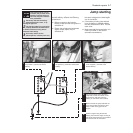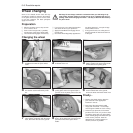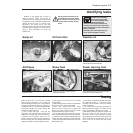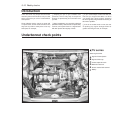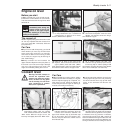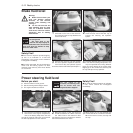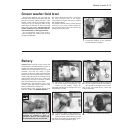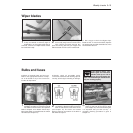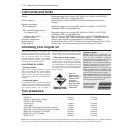
0•6 Roadside repairs
The following pages are intended to help in dealing with
common roadside emergencies and breakdowns. You will find
more detailed fault finding information at the back of the
manual, and repair information in the main chapters.
If your car won’t start
and the starter motor
doesn’t turn
Ⅺ If it’s a model with automatic transmission, make sure the
selector is in ‘P’ or ‘N’.
Ⅺ Open the bonnet and make sure that the battery terminals
are clean and tight.
Ⅺ Switch on the headlights and try to start the engine. If the
headlights go very dim when you’re trying to start, the
battery is probably flat. Get out of trouble by jump starting
(see next page) using a friend’s car.
If your car won’t start
even though the starter
motor turns as normal
Ⅺ Is there fuel in the tank?
Ⅺ Is there moisture on electrical components under the
bonnet? Switch off the ignition, then wipe off any obvious
dampness with a dry cloth. Spray a water-repellent aerosol
product (WD-40 or equivalent) on ignition and fuel system
electrical connectors like those shown in the photos.
Pay special attention to the ignition coil wiring connector
and HT leads. (Note that Diesel engines don’t normally
suffer from damp.)
Check the security of all the fuel injection system wiring
connectors (where applicable).
C
Check the security and condition of the battery terminals.
D
Check that all ignition wiring connectors such as this at the
distributor are secure and spray with water dispersant if
necessary.
B
Check that the spark plug HT leads are securely connected by
pushing them home
A
Check that electrical connections are secure (with the ignition switched off) and spray them
with a water dispersant spray like WD40 if you suspect a problem due to damp



